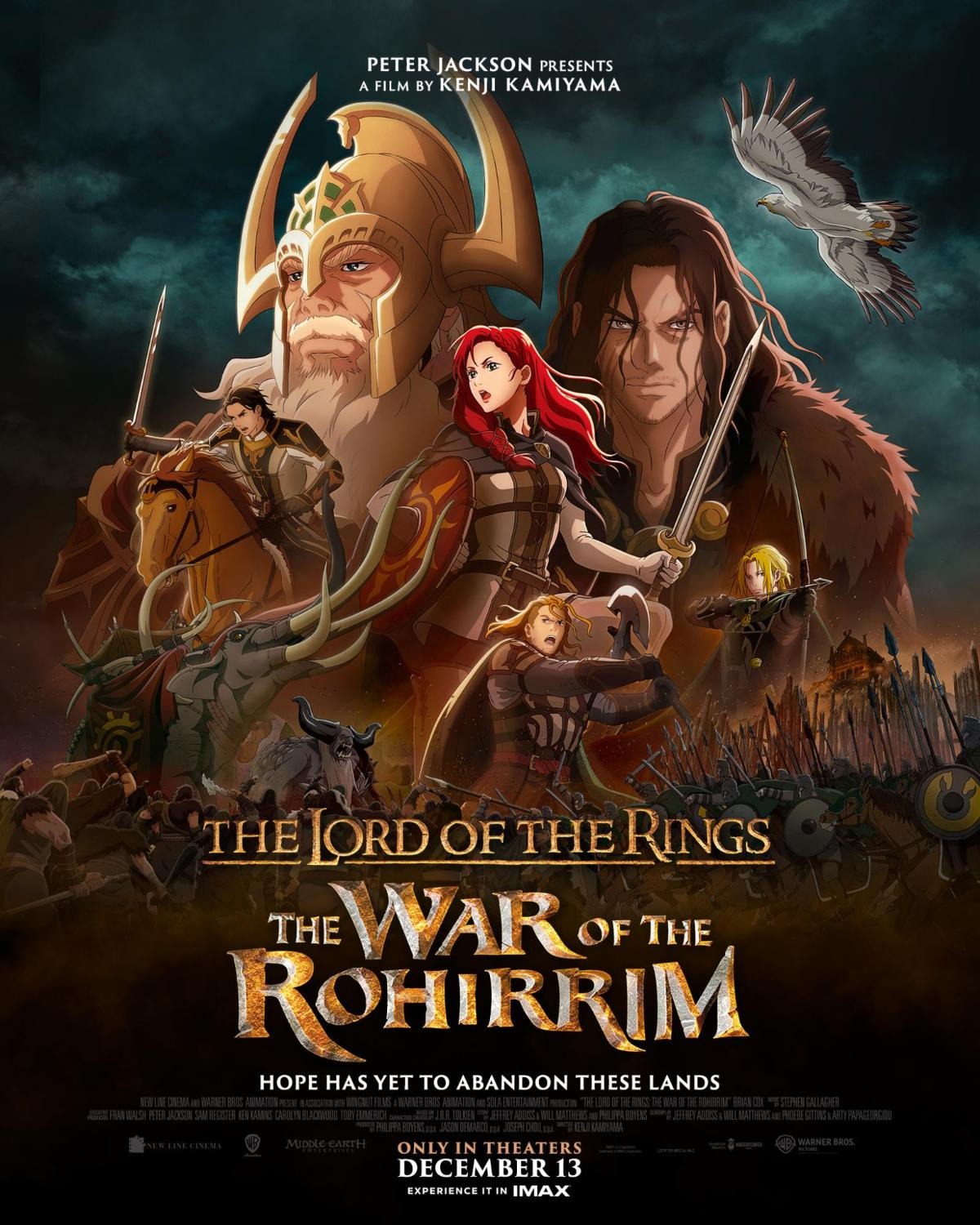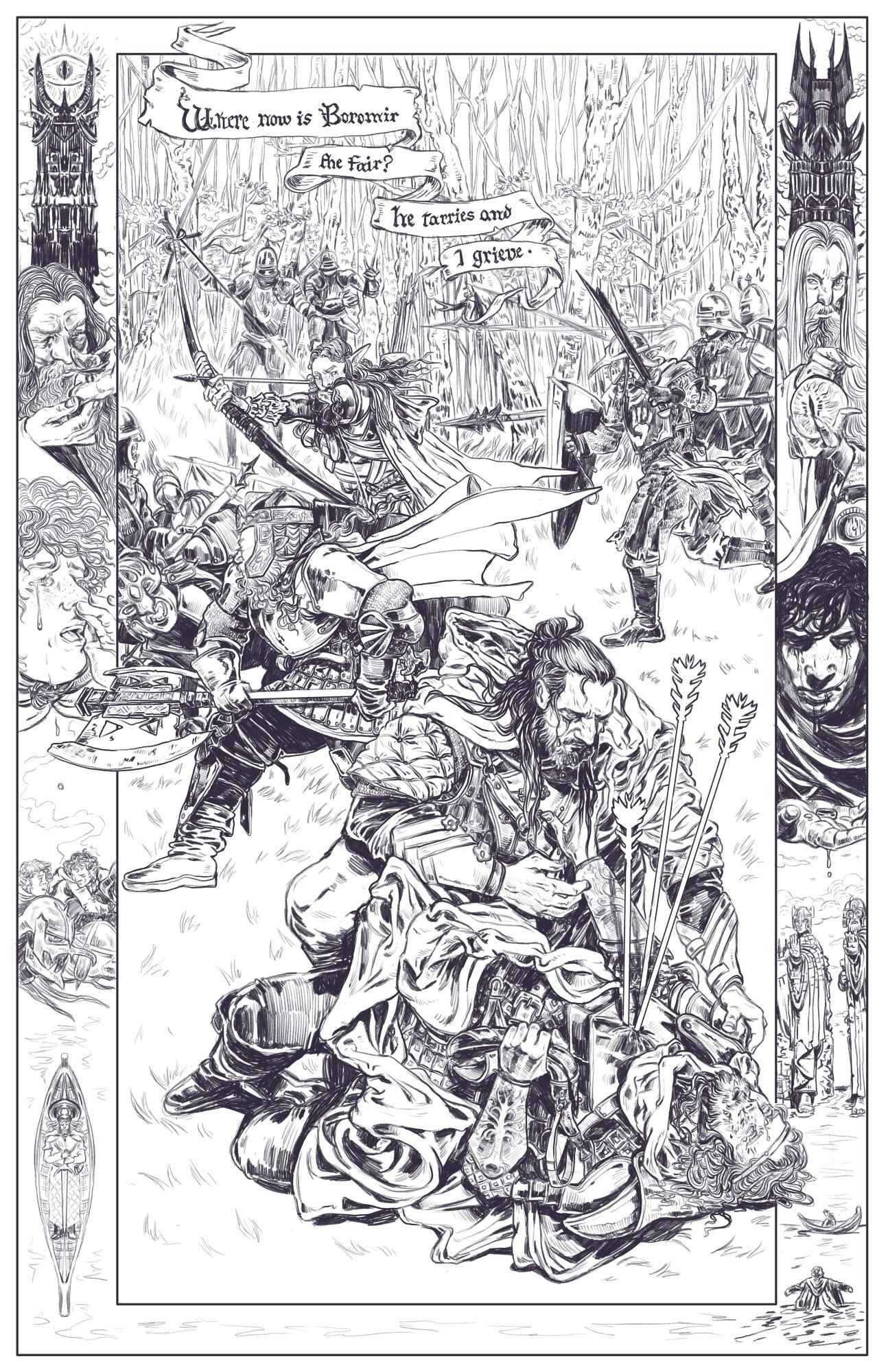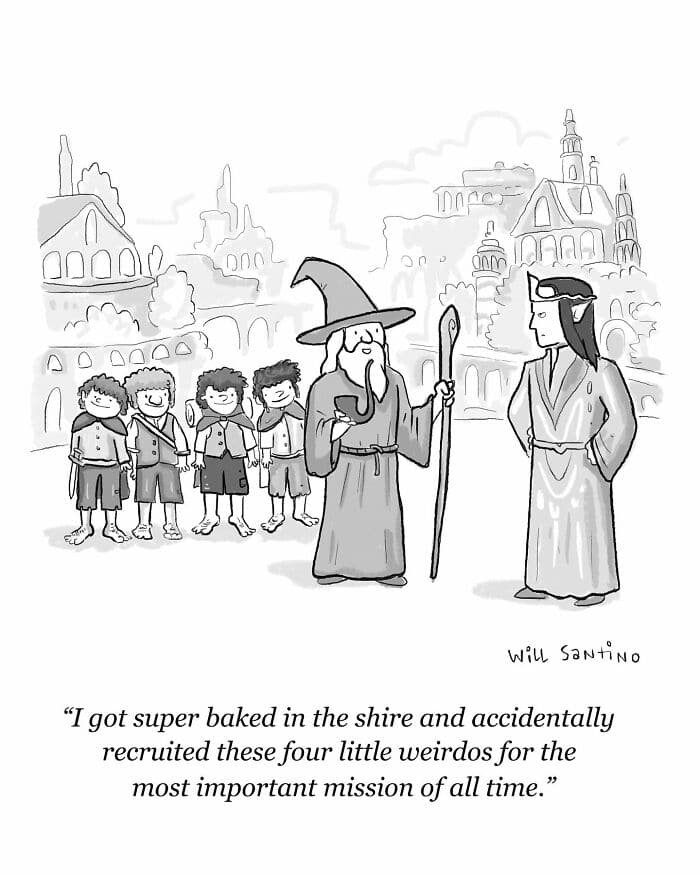Tolkien, Lord of the Rings (LotR), etc.
1490 readers
2 users here now

For all things Tolkien, Lord of The Rings (LotR), and The Hobbit across all media. Speak friend and enter.
Rules:
- No abusive language
- No buying, selling or advertising
- Be civil
- No politics
- No discussions about race
- No bots
- No memes or AI-generated content
- Don't criticize others for their opinions
- If you found the image on the web, it is encouraged to put the direct link to the image in the ‘Link’ field when creating a post, instead of uploading the image to Lemmy. Direct links usually end in .jpg, .png, etc.
- No unrelated posts
- No spoilers in title, mark spoilers
- Let people like what they like
- Follow all Lemmy.world rules
Please report any rule violations.
founded 2 years ago
MODERATORS
1
2
3
4
5
6
7
8
9
10
11
12
13
14
15
16
17
18
19
20
21
22
23
24
25
view more: next ›



